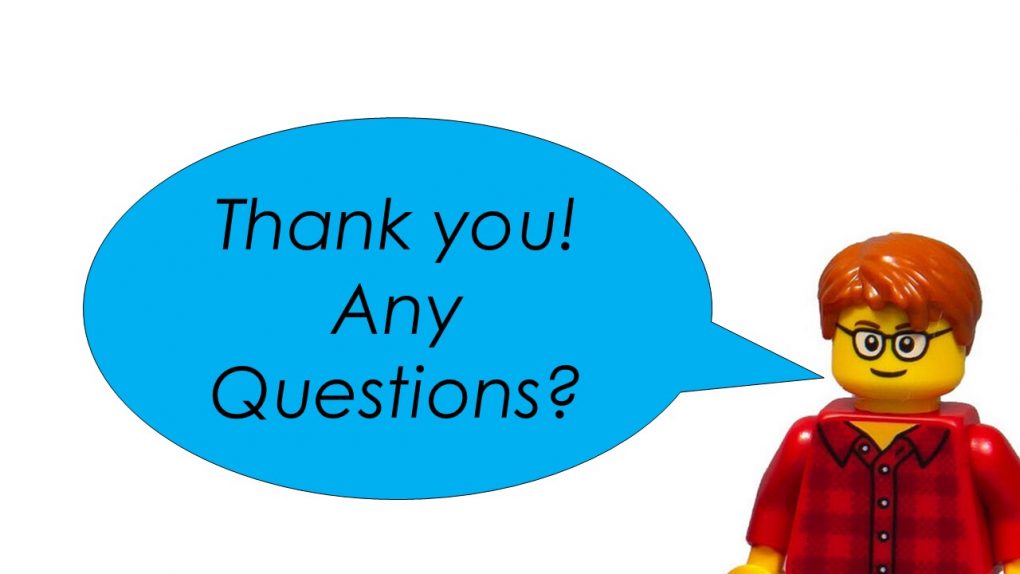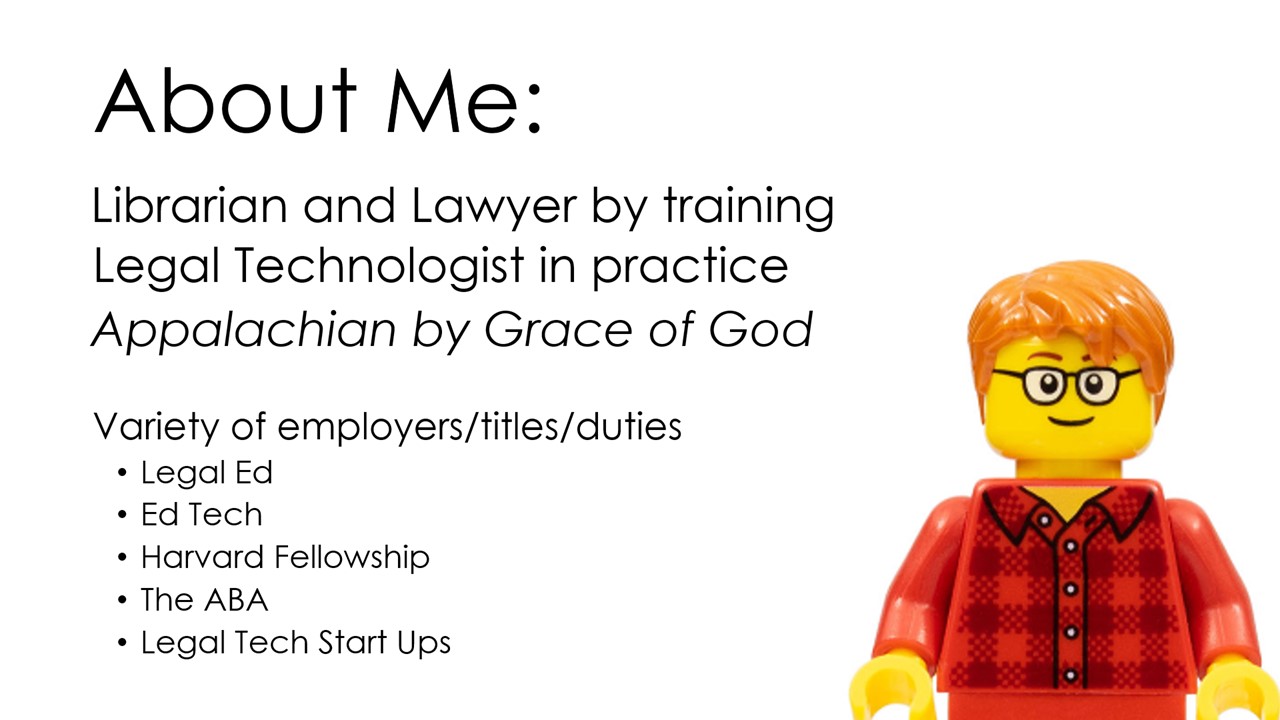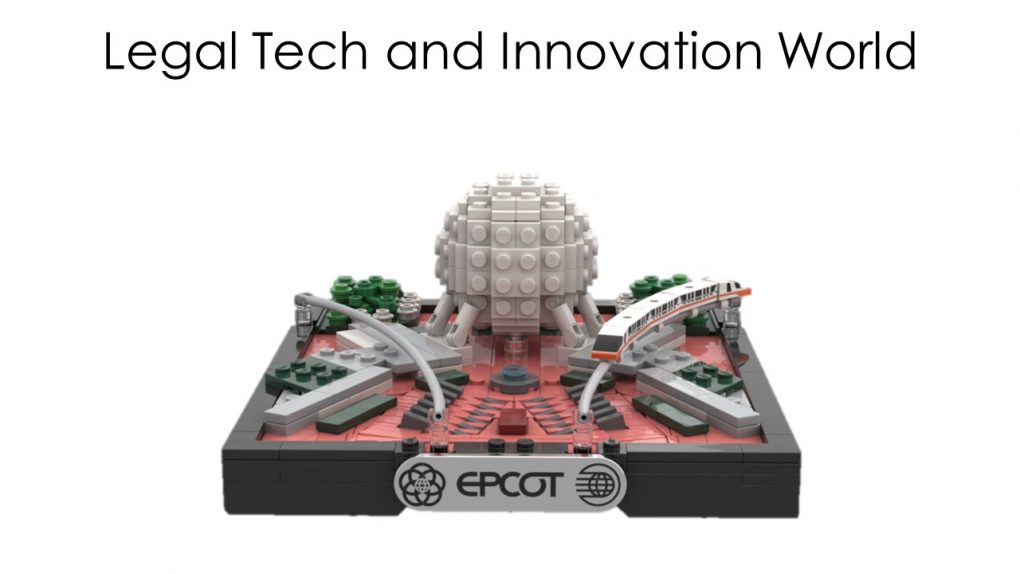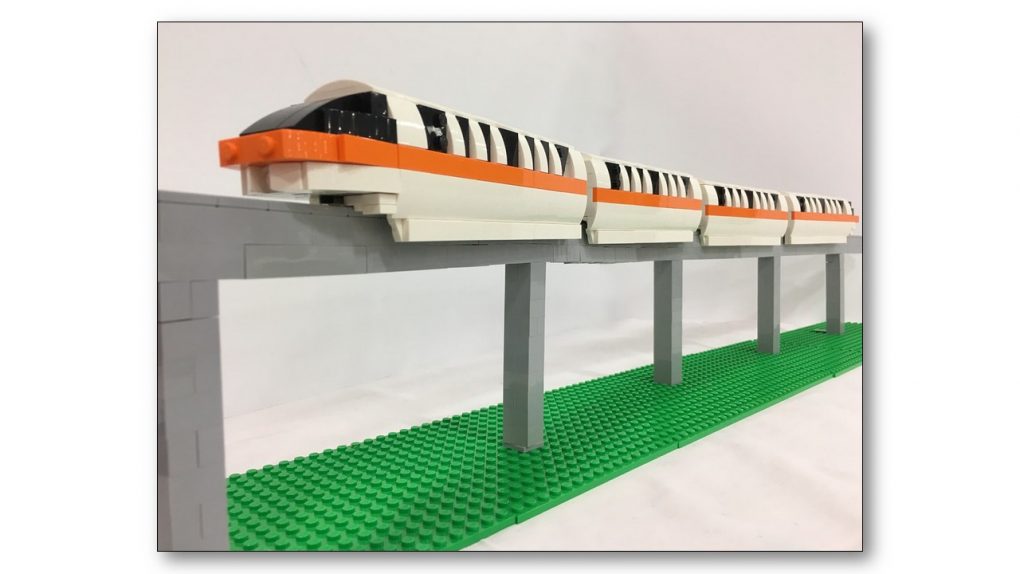(Ed. Note: Later this week I am doing a presentation to a law school class on the other side of the ocean. This talk ended up being a pretty good encapsulation of everything I believe/think/know, so I thought I’d memorialize it here. A few of my slides will be peppered throughout. If you’re a longtime reader, some of it is not new, but this is a new recombination, I think?
It’s an hour talk so this is long – sorry – and yet still not verbatim of what I’ll end up saying. It’s a little choppier than a traditional blog post. )
Hello.
I always try to introduce myself and give a little life history for audiences. One, I love talking about myself. [pause for uproarious laughter] [I am just kidding with this stage direction and don’t worry, I won’t do it again]
But two, I do think it’s useful to put my cards on the table and start to explain why I think about things the way I do. I’ve had a very weird career. I mean, it makes total sense to me but experience has shown I have a very rare skill set, background, and life experience combination that sets me apart from a lot of people in the legal tech and innovation worlds. And all of that greatly affects my thought processes.
So for this talk I was given a broad topic brief – basically “what do I want to see in the future for the legal world.” It was super tempting to steal/riff off of the title of Jonathan’s Zittrain’s “The Future of The Internet (and how to stop it)” because that’s basically how I feel about the way things seem to be going, but I landed on “The Legal Future Puzzle Box.” I’ll get to what I mean with that later. He’s the general outline for today:
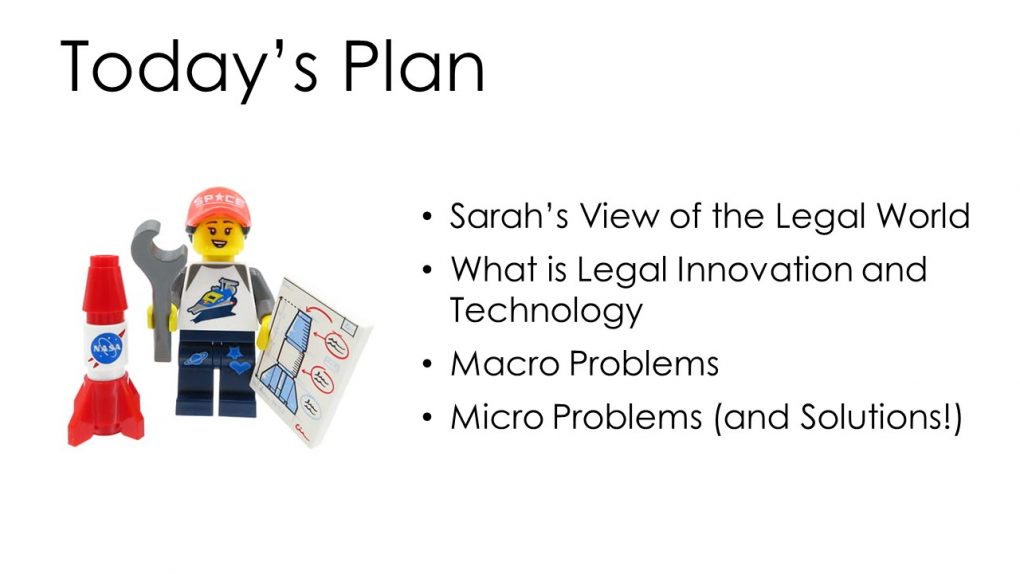
Don’t worry, I will bring up Generative AI because no one else is really talking about it for some reason.
So, when I think of “the legal world”, I – quite obviously, I think – think of The Happiest Place on Earth.

Yes. I mean DisneyWorld in Florida. Specifically the Magic Kingdom. That’s the one with the castle.
The Magic Kingdom is divided up into worlds – Adventureland (that’s the Pirates of the Caribbean area), Tomorrowland (that’s the Space Mountain area), Fantasyland (which is were they lean into the classic Disney princesses stories) etc etc. Wildly different worlds with an overarching connection of “Disney IP.” Or “IP taken from public domain folk tales that they then locked down.” But I digress.
In law, we have the big law worlds, and the people law worlds, and the people like Richard Susskind who talk about the future, etc etc and while we’re all “in the legal world”, there’s not too much overlap between them all.
EXCEPT!
One thing that I legitimately love about Disneyworld – oh by the way I’m currently exploring the Disney Adult lifestyle – is that there’s a sheen of artificial perfection everywhere. The world is chaos and I’m happy to fork over money to pretend it’s not for a few days.
You never see them hauling big bins of garbage. You never seen Mickey taking a smoke break or Cinderella rubbing her feet. Everything and everyone just shows up where it needs to be at the perfect time. How do they do that?
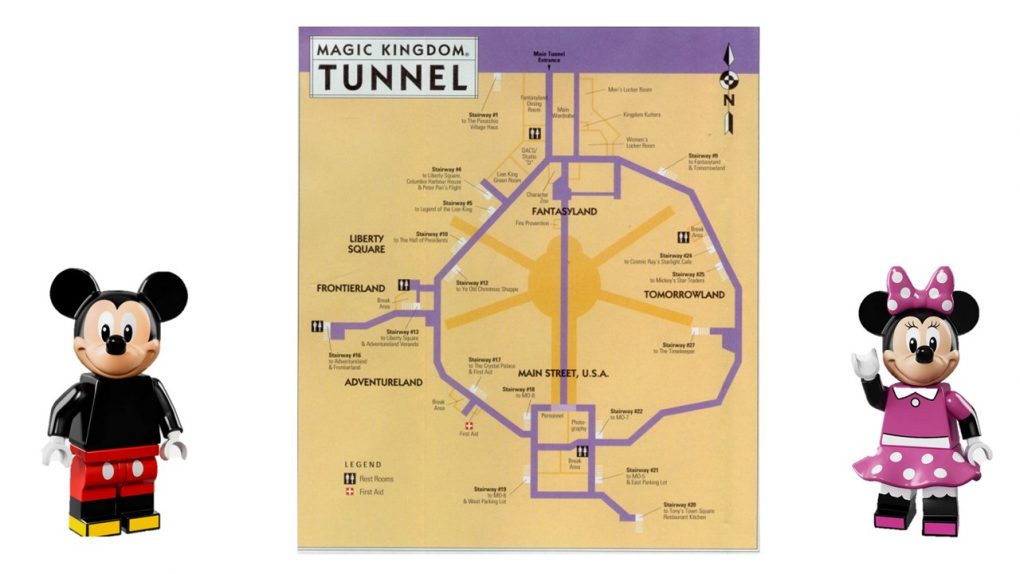
As it turns out, there’s a series of underground tunnels that connects all the worlds. That’s how they move people and supplies around without anyone noticing it.
In law, our tunnels are Data, Information, and Knowledge. I don’t want to take too much of a detour here explaining the difference, but basically, data is primary law or raw collections, Information is data placed into context, such as a spreadsheet with some charts or graphs, and Knowledge is applied information. I’m trying to decide if I think there’s a difference between Knowledge and Expertise, and I’m leaning towards yes, and Expertise is refined Knowledge.
It doesn’t matter what type of law you are involved in, we all use and create roughly the same data/information/knowledge sources and that’s how we interact with each other.
Anyway, I was happy with analogy for years. Then I started working more directly in Legal Tech. One thing I truly love is the international aspect of it. So let me expand this metaphor a bit…
EPCOT is the ‘Experimental Prototype Community of Tomorrow’ and is divided up into roughly half technological experiments like aquaponic farming and half “World Showcase” with cultural exchange exhibits. It’s becoming more integrated with Disney IP but still staffed with young people from around the world to serve as cultural ambassadors. Technology…international cultural exchanged… I’ll be darned if that’s not Legal Tech.
So maybe the Monorail that connects the two is also the legal data, information, and knowledge?
Okay, I’ve beaten this metaphor enough.
So again, as a law librarian that works in the legal tech and innovation world, and with the caveat that when all you have is a hammer, everything looks like a nail….
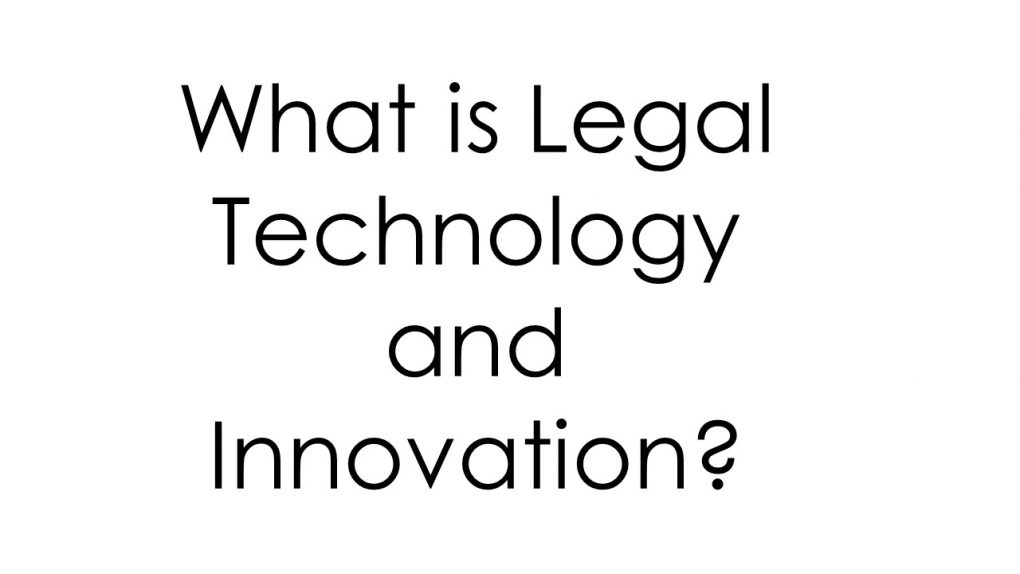
So let’s talk about legal tech and innovation and how that intersects with the legal world.
First things first, I hate the word “innovation.” It implies magic or some special type of work when in reality we should always be working on making ourselves and our profession better. I mean, shouldn’t we? It’s also often conflated with “legal technology” and while they’re subsets of each other – some legal tech is innovative, and some innovations use technology – they’re definitely not the same thing.
So what is Legal Technology?
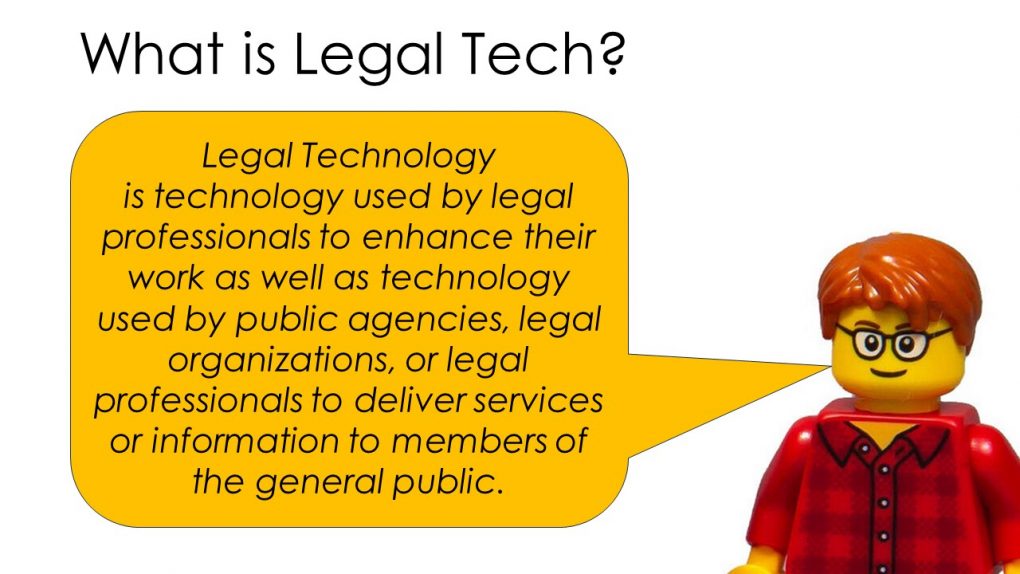
My definition is actually pretty broad. I consider anything from Microsoft Word to a court website to an expert system used to automate workflows in a big law office to a contract lifecycle management tool used by a corporations general counsel office to be legal tech.
There’s a lot of overlap between related types of tech. I also think we have a lot of artificial boundaries when we talk about legal tech.
Many people disagree with me on this. And I understand their point. I don’t agree with it but I understand it.
I need to start adding a “Scorching Hot Take” klaxon because I’m adopt to drop a hot one.
Okay, ready?
I guess I just think that in the year of Beyonce 2024, why do we separate out legal tech from the general practice of law or delivery of legal services? What actions with these processes aren’t enhanced or assisted by the application of technology?
Don’t get me wrong, I’m not a “tech solutionist” type person. I’m just saying I can’t see what legal professionals and users do that isn’t touched by technology?
I see legal work as knowledge work.
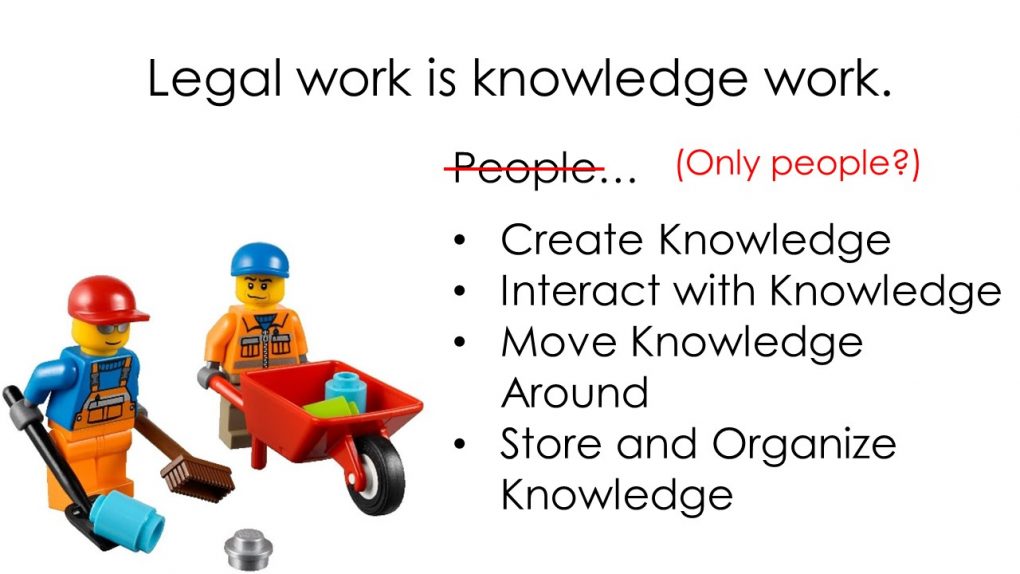
It doesn’t matter what type of law you practice – or if you practice in the traditional sense of the word at all. If you work in the legal services industry, your job can be basically broken down into this continuous cycle.
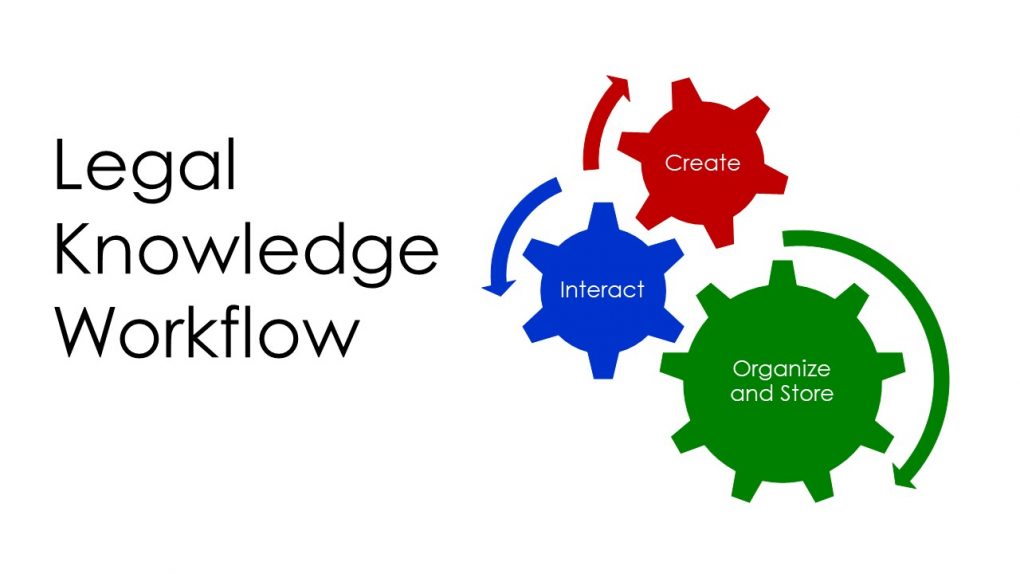
And whatever function as part of this cycle – however discrete or holistic – there is a tool that does it.
As an aside, iManage which offers document organization and analysis tools relatively recently debuted “Making Knowledge Work” as their marketing message and I’m like ‘that’s so good’ and ‘I need to make sure I don’t accidentally infringe on them because that’s really close to my thing I keep putting on slides.’
Before we get to the problems and solutions part of this talk I want to talk about Access to Justice.
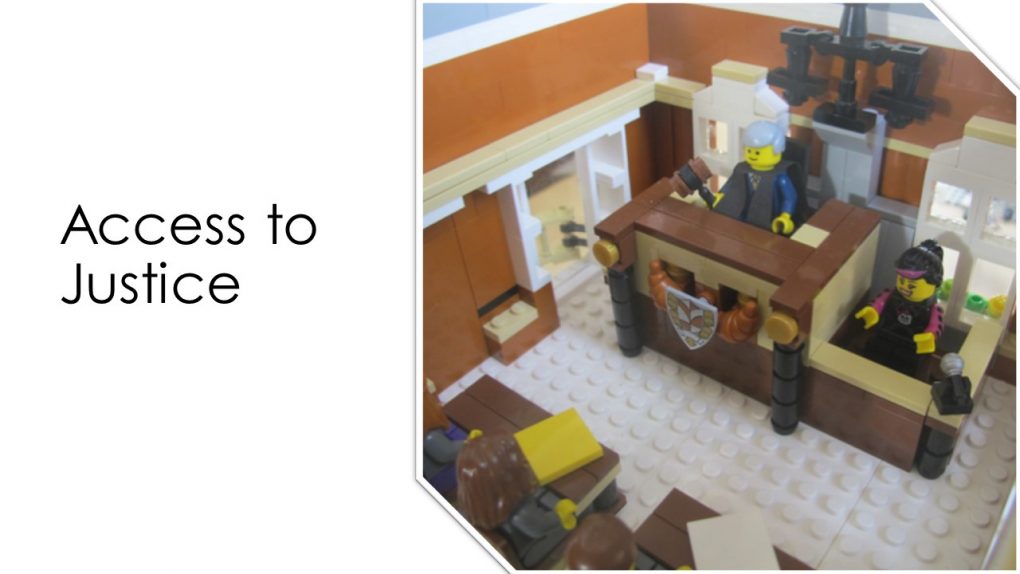
Now some people – when talking about legal tech and innovation – wouldn’t mention A2J at all. Or if they did, they would lump it in the “problems” section of the talk.
Much like my definitions and feelings towards legal tech and innovation, I very broadly define access to justice, and I also don’t want to separate it out as something only a few people need to worry about.
If you work in the legal world, access to justice is part of your responsibility.
We mostly talk about Access to Justice in terms of the Access to Justice Gap. There’s all sorts of stats bandied about – usually reflecting representation in legal proceedings – but I feel like that constrains A2J to a very narrow world. First things first

There’s lots of ways that people have a need for justice, and very few of them actually require the use of lawyers or a court.
But I guess my question is…is this system working well for anyone? Litigation is unnecessarily expensive and hellishly slow for everyone. Everyone is affected by bad government services. Everyone has to deal with a legal code that has racist and classist results baked in. It’s just that with all of these, some people have the means to survive it better than others.
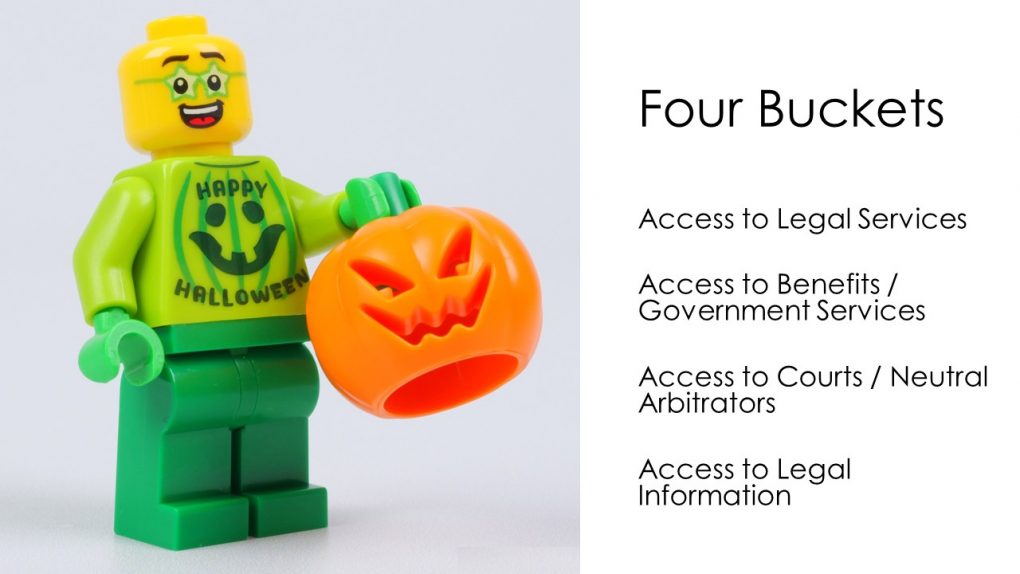
A2J is not just for poor people. It’s not just based on court proceedings. Everyone is entitled to a legal system and profession that functions efficiently and allows them to take advantage of the full benefits of citizenship and of being a member of our society and world.
Okay…
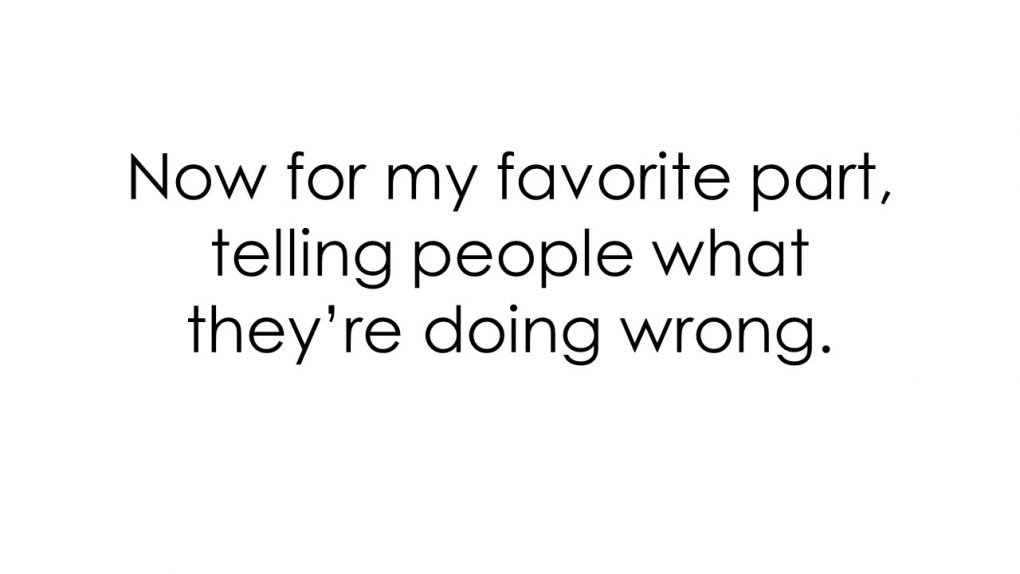
There’s really only one problem with the legal world.
Here it is:
We take 19th century attitudes, processes, and content and try to retrofit them into working for a 21st century world.
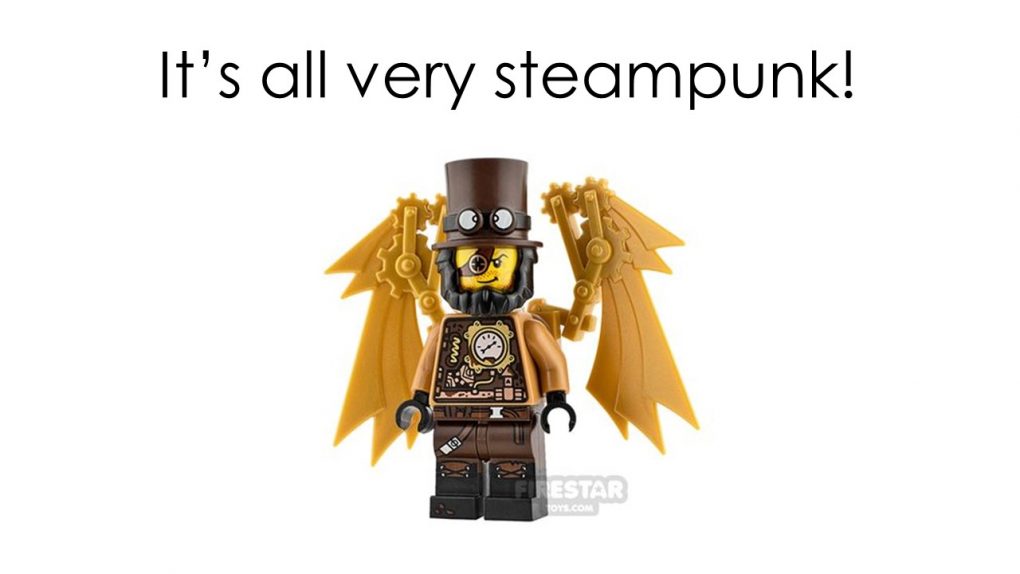
And this is everywhere in the legal world and has so many deleterious effects. From legal education, to legal operations to everything with the ways law firms functions, to the court system and can be seen in issues like lawyer well being and the lack of diversity in our professions.
Okay, while I love telling people what they’re doing wrong, I love even more offering unsolicited advice on how they can be better. My sister says I’m “aggressively helpful.”
So what’s up with the title of this presentation? Like I said, I was very tempted to steal JZ’s “The Future of [x] (and how to stop it)”. I came to this, though, because recently a lot of people have been pointing out the lack of funding for A2J and A2J tech.
Now, they’re absolutely not wrong. And I’m not opposed to strongly suggesting that the more well off members of our community make it rain on those concentrating on traditional A2J work.
I’m just saying there’s a better way to go about it.

Instead of just opening a lid, a puzzle box requires you to push buttons or solve riddles/puzzles in a certain order before it will open.
So while I believe that any help or work in the A2J space is generally good, I think there’s some larger systematic problems we should tackle first that will have more cascading effects and will make for more sustainable solutions rather than band-aid ones.
Alternatively, instead of a puzzle box, another way to think of it is a pyramid.

You don’t actually need to start at the bottom, but higher level changes will have better support if the lower levels are fixed.
My suggestions for things to fix in legal is this:
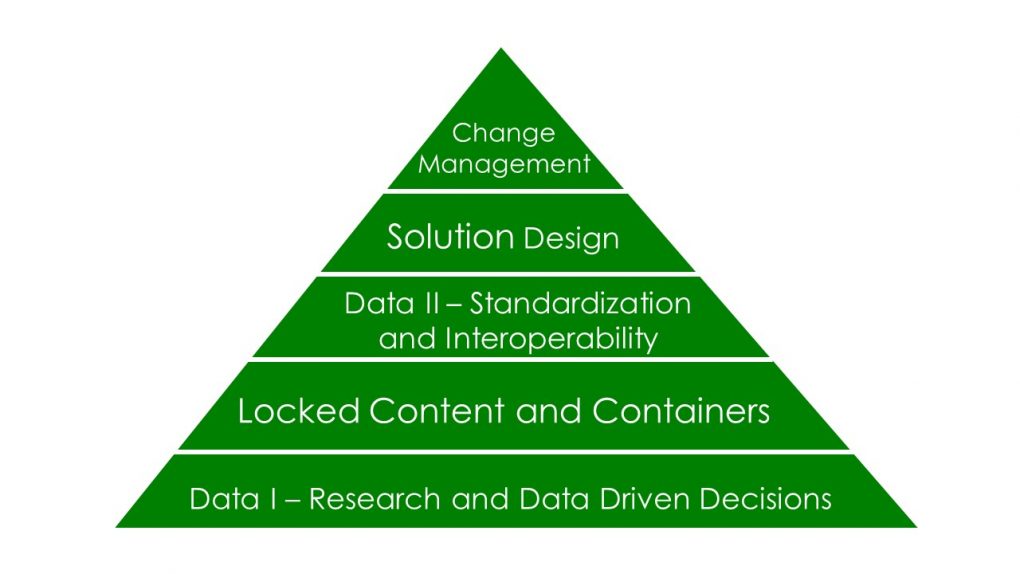
As we move up the pyramid, the changes go from more policy and content changes, to cultural ones. I wasn’t thinking about that when I was noodling around on this, but it makes sense since cultural changes are way hard to implement than other types.
So let’s talk about them.
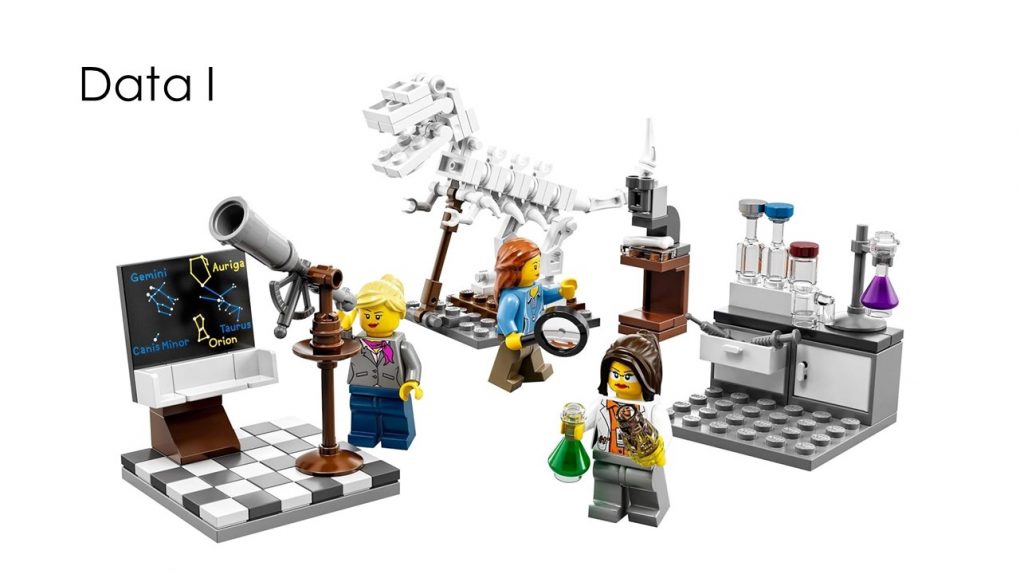
For all the societal importance, age, and funding of the legal world, we don’t really know..a lot about it. Oh, people are quite quick to say that something isn’t good enough as the status quo, but when pressed, it’s very rare that the speaker has any data beyond “vibes” as to why that is. And it’s stalling conversations about legal education, lawyer licensing, legal service delivery, alternative arbitrators, and even fee arrangements, just to name a few current debates.
The next level is how I got mixed up with all of this mess, so I have a lot to say about it.
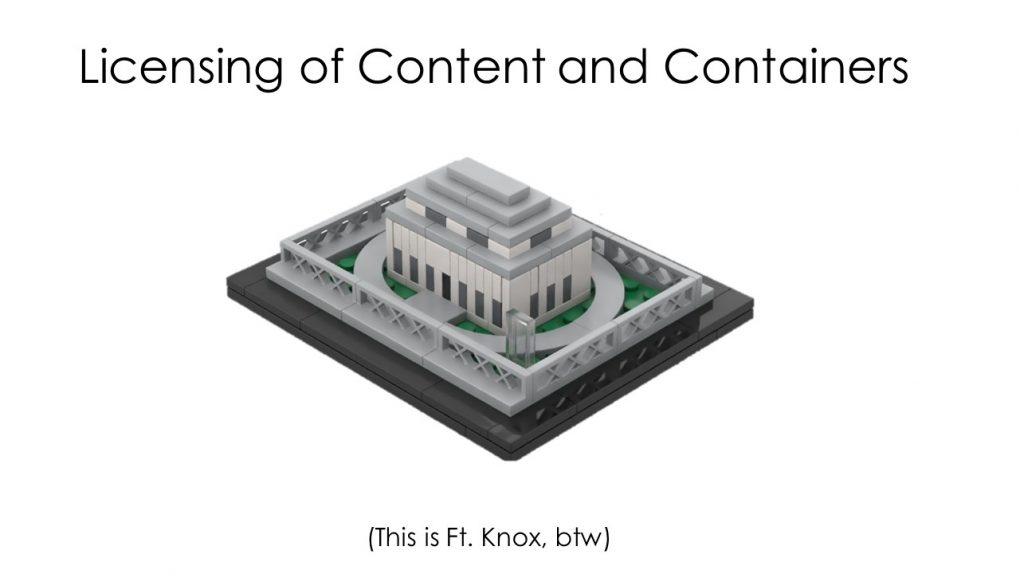
This is a very American centric view of this situation and for that I do apologize. However, the US situation – while still incredibly shitty – is actually way better than many places because we at least give lip service to the right to access primary legal information?
So in the US we in theory have something called Stare Decisis which means if a legal issue has been settled, later courts in same jurisdiction must and everyone else probably should follow suit. For this to work, you need to be able to know what earlier courts did.
In ye olde days, this wasn’t too hard. But as the country grew and court dockets expanded, it became a real problem, especially because governments aren’t great at publishing things on time and there’s a large collection of courts and governments involved.
Enter John West and other private commercial publishers. They really saved our bacon.
I don’t went to get off on too big of a tangent, but Marshall McLuhan has a theory of communication that can be summed up with “The Medium is the Message.” Basically, how information is delivered is as important as what the information is.
Similarly, in librarianship, one of the things we struggled with during the early days of transitioning to digital content was figuring out the differences between “content vs container” and when it was important.

The formats and editorial choices these early publishers made greatly affected how the world understands and applies law.
Also, side note to consider: editorial choices – just like technology – are not neutral and one needs to understand and consider what underlying prejudices may have been baked into them.
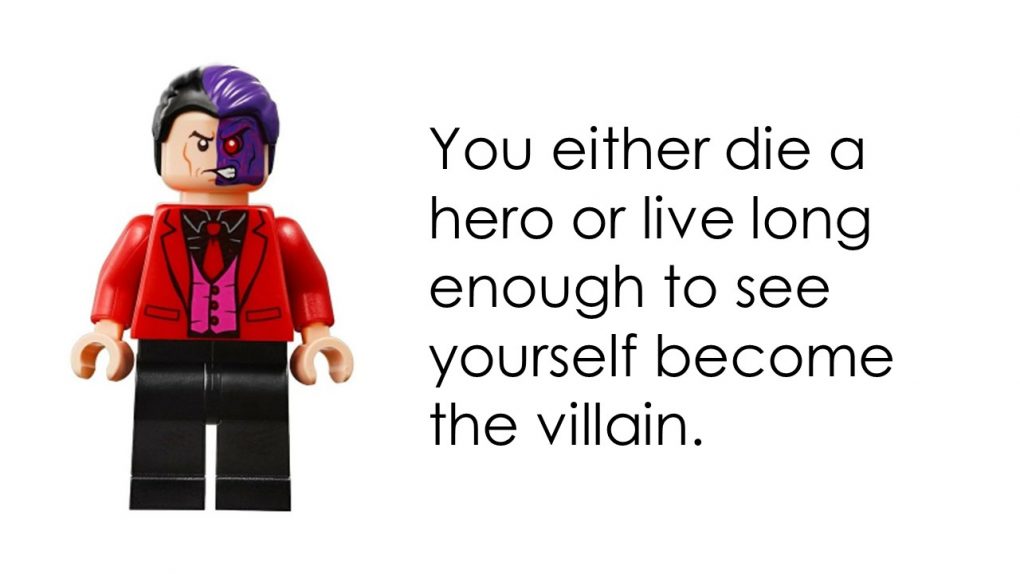
Now, I’m not one to throw around the word evil and I’m not going to do that now. But I want to show you something. About this time of year in 2010, I got a bug up my butt about some legal publishing thing and made this.
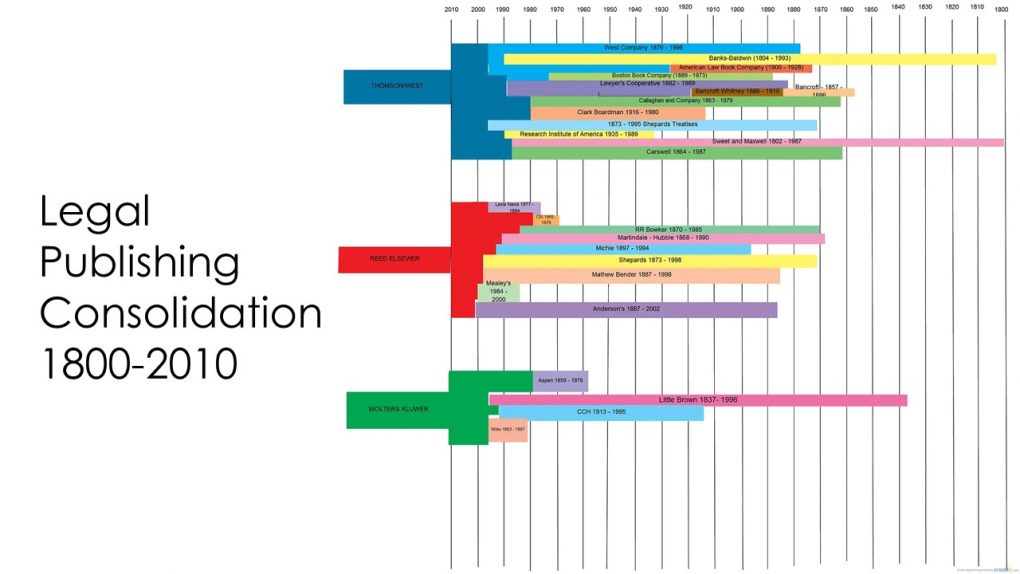
Legal data, information, and knowledge became controlled by only a couple of large corporations. And while “the law” was always free, due to publishing format and the intermixing of commercial content with public domain materials, it was more theory then practice.
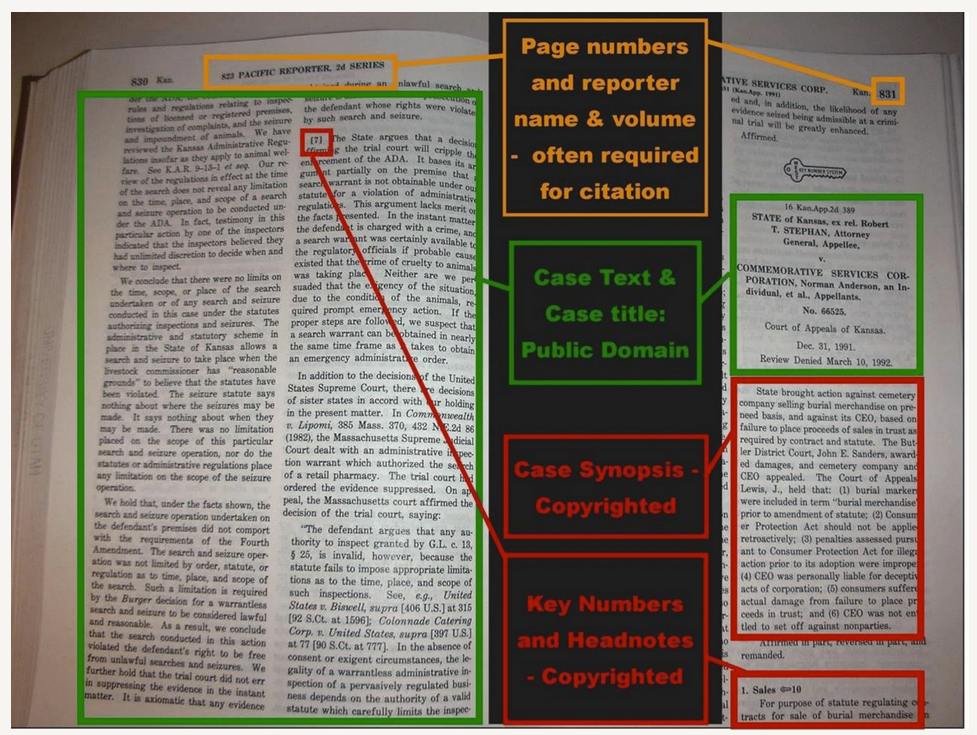
And to be clear, this isn’t just a problem that affects primary legal information. Legal work product also counts. So much “good stuff” is inaccessible, either because it’s in an unusable format, or is lost because it’s not searchable, or has copyright or other restrictions that mean it can’t be shared.
This matters because instead of getting better, this is still a big issue, maybe even more so, in the digital age. And access to good legal content – for many definitions of the word content – is the raw material we need for any sort of new tools or processes to be created.

And here’s what really keeps me up at night.
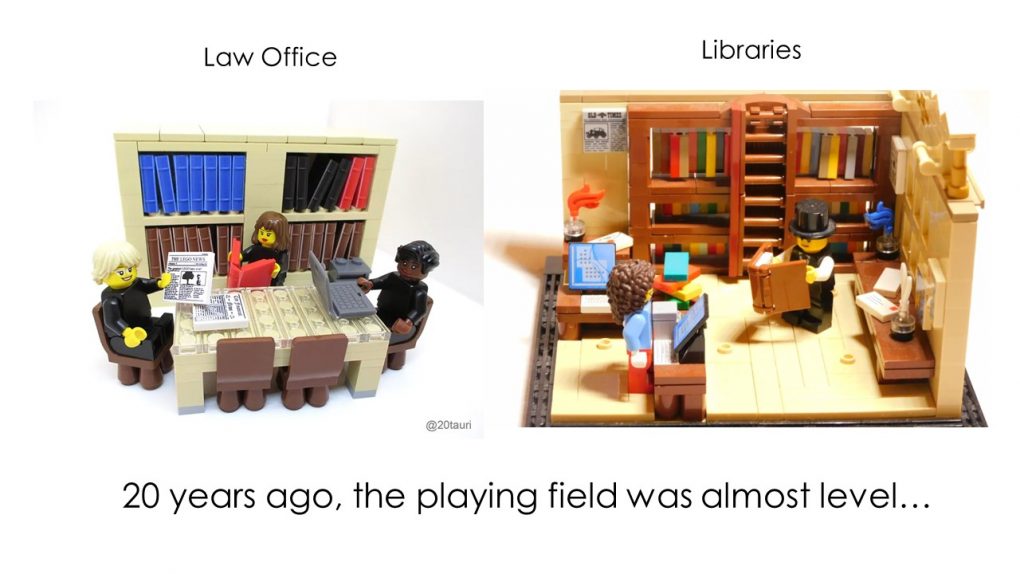
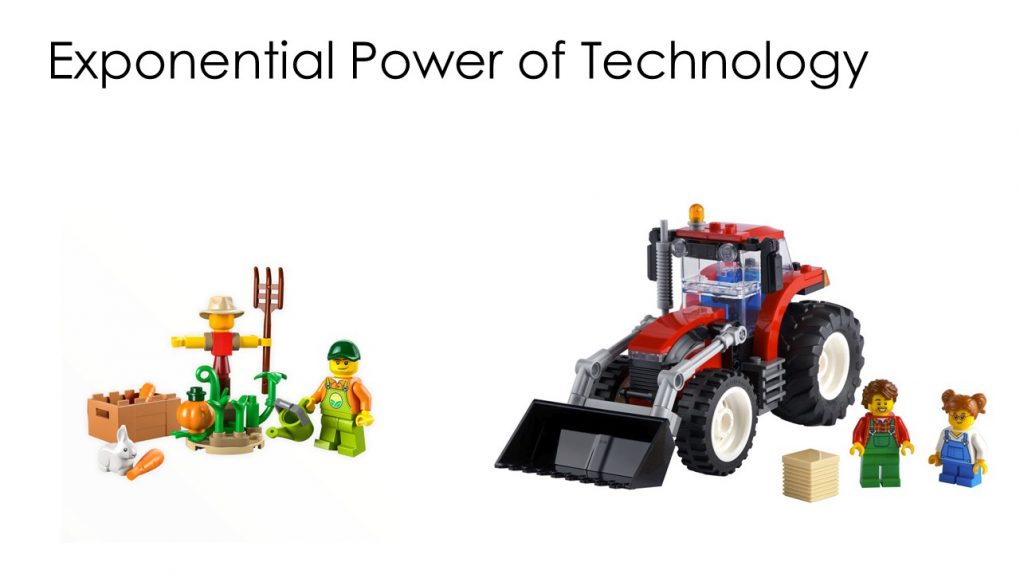
Have we learned from past mistakes?

You sweet summer child.
There are free and open source tech tools with usability in the legal world, and sources of free and open content that can be used to create tools. But not enough. Not nearly enough.
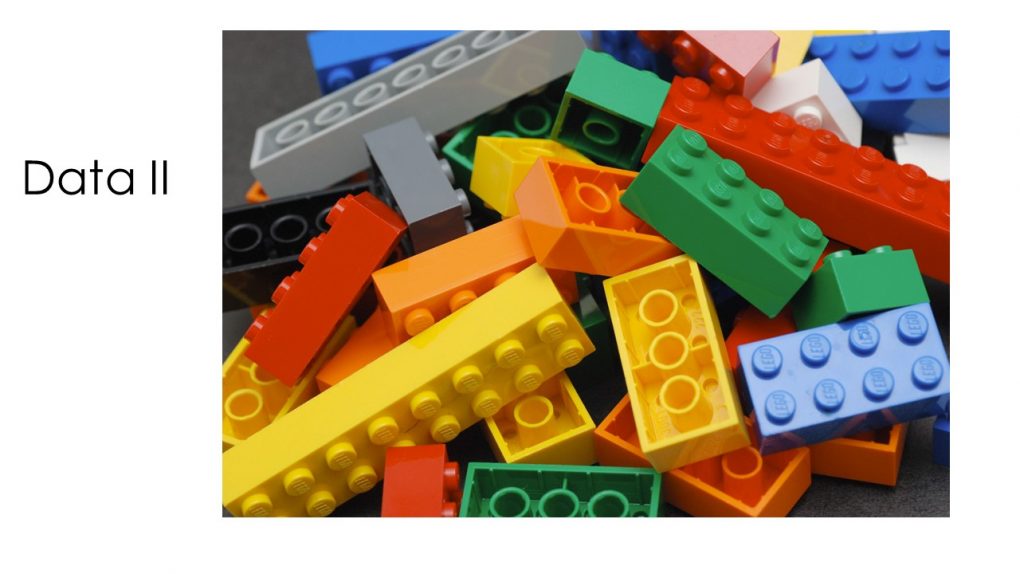
Let’s talk about the second kind of data needs. Now, some people would include this next part in with the open content and containers piece I just covered. Once again, I can see that but I’m not going to.
It’s not enough to have accessible data and knowledge. It has to play together well. The best way for that to happen is to enact shared data standards that lead toward interoperability.
As you’ve probably gathered, I really like Legos. There’s lots of reasons for that, but for me they’re the platonic idea of how legal – which remember is a knowledge business – should operate.
Here is an ebay listing for a 1960s Lego set. You could get these and they would work with a Lego set that you bought last week. Why? They have not changed their basic connection design specs, even if they have been adding different types of shapes, since they started.
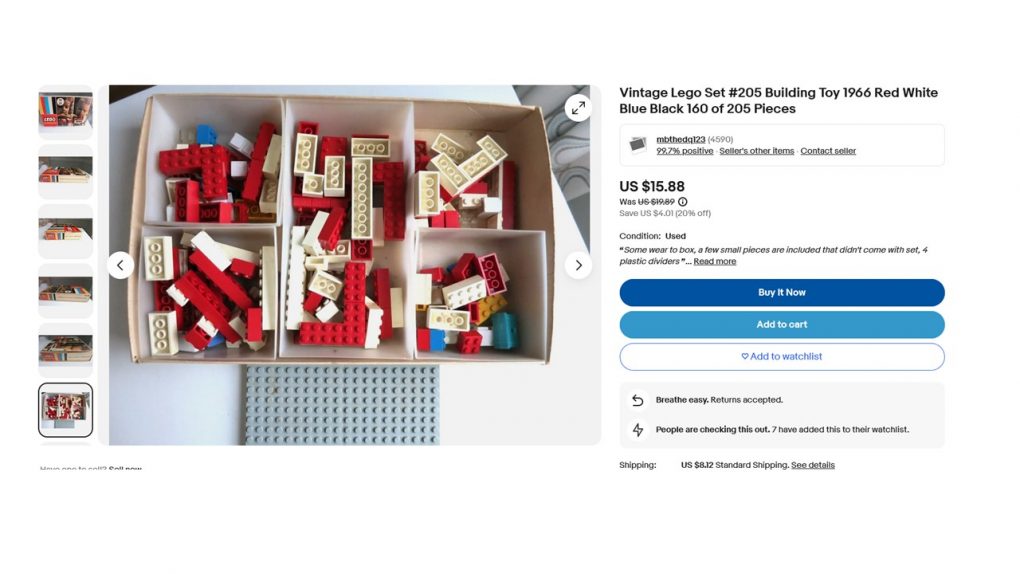
One minor pet peeve of mine is that when I am looking for Legos, occasionally playmobile toys come up.
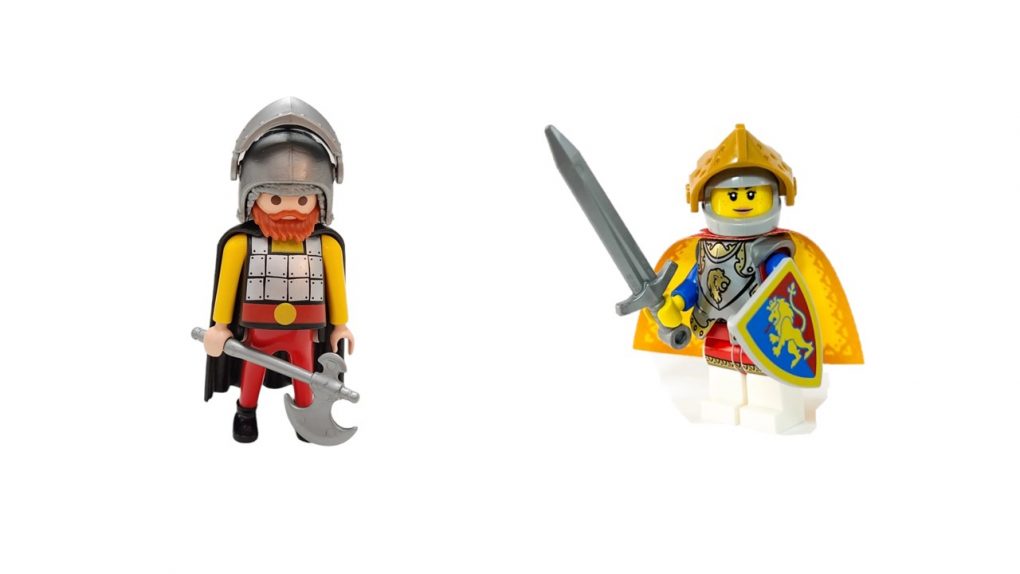
This is a really good way to think about interoperability. Well, maybe not really good, but A way to think about it. You could play knights and castles with these two toys, but it wouldn’t work…as well…as if they were designed to work together or had some cross over to let them work together.
Speaking of which, I am thrilled to report that there is an effort in Legal to make tech work together by creating a standard taxonomy. It’s called SALI. There’s an impressive number of legal tech companies and end users involved. There’s also efforts like OneNDA that are working to make more standardized content.
Standardization efforts require, by their nature, collaboration and a willingness to work together. (Required XKCD comic) This is not something that comes naturally to law. So we need to work on that.
Also, I wouldn’t be me if I didn’t point out that there’s a proliferation of Lego-compatible toys that people can buy at all price points that was made possible because Lego’s patent ran out in 1978.
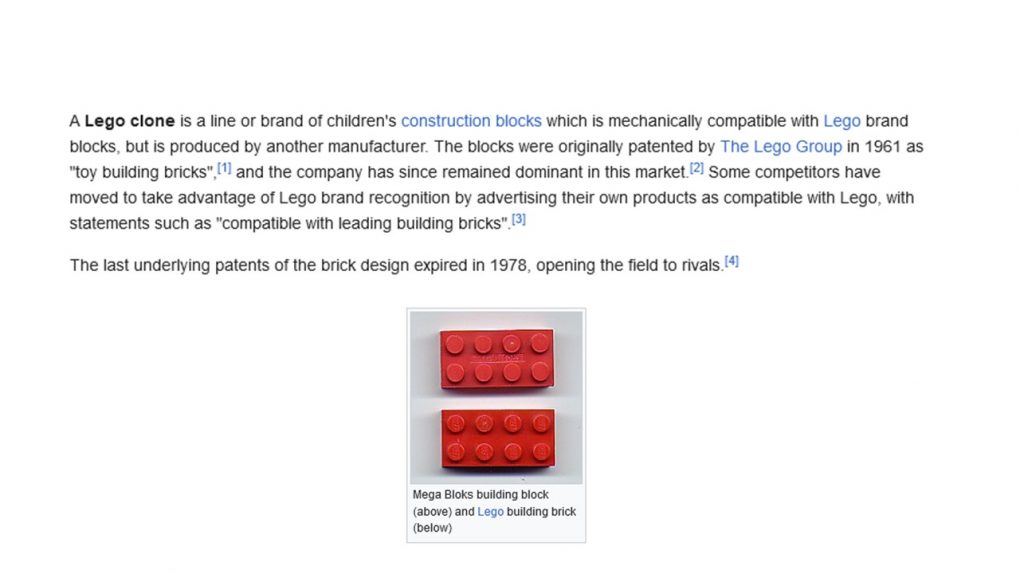
This next part is related a lot to the first level of the pyramid.
We have real problem with solution design. By which I mean, we don’t do it nearly enough, if at all.

In the legal tech world, we often call legal tech products “solutions.” One of my minor acts of rebellion is that I very rarely if ever do that. I prefer “tool” or “product” because a solution implies that it’s solving a problem and…that’s not always the case.
One of the old yarns of legal tech is the Richard Susskind parable where he explains that [paraphrasing] “People buying a drill don’t want a drill, they want a hole in a wall.” When I first heard that, I was like [wide eye emoji]. Then a few months ago, I saw someone say “no, they don’t want a hole in the wall, they want to hang a picture.” And I then was like [exploding head emoji].
It’s another old yarn to say “technology applied to a bad process just makes a bad process more efficient.” I don’t think it’s hard or controversial to think that all problem solving in legal needs to follow this pattern…
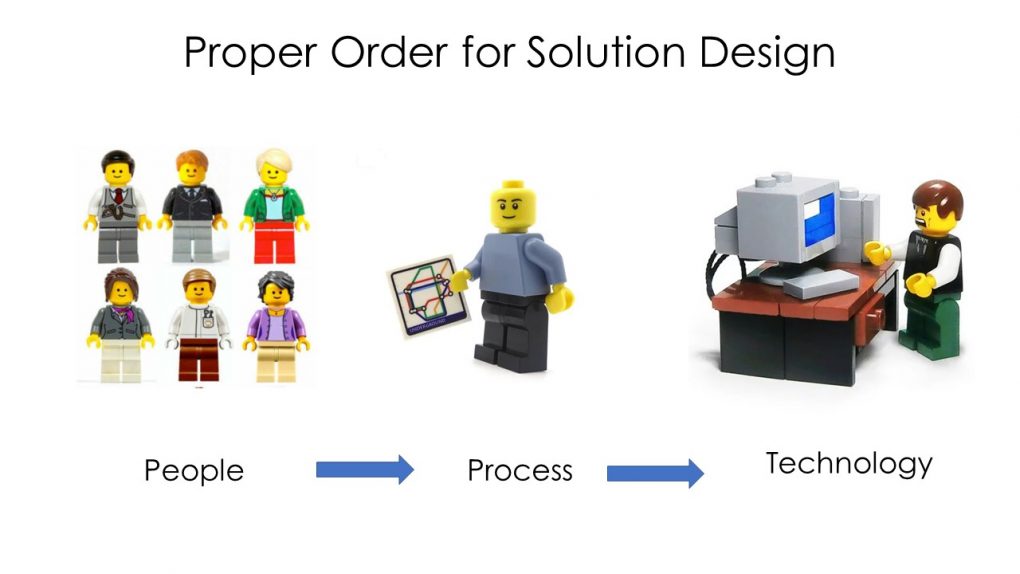
…but given the difficulty some people have in explaining the problem they’re trying to solve, maybe it is?
FINALLY

I grew up on a farm and I’m an avid gardener. If you don’t indulge in the green thumb activities, there’s basically three parts. (1) Getting the ground or pots ready. (2) Choosing a plant that will do well in your environment. (3) Weeding, watering, fertilizing, and all the other things that will keep your plants happy.
Stages 1 and 2 take maybe a day or two. (A little more if you’re a dork like me that pours over seed catalogs and cruises greenhouses.) Stage 3, though? Takes the rest of the goddamn summer. And it’s haaaaard. And sweaty. And it doesn’t matter if you’ve been really good about it all through June and July, if August comes around and you drop the ball? F your tomatoes, man.
I’ve seen time and time again people throw a solution at a problem and then, even if they’ve taken the time to find a good one, just drop it off and expect it to work without any care or maintenance. And then, when it fails, they blame the tool or solution instead of…the lack of any support for success.
And by “I’ve seen time and time again people…”, I mean me. Hi. I’m the problem, it’s me. I’ve done this in the past, before I knew better. Just so you don’t think I’m just pointing fingers at others.
Okay, so that’s it. Just five quick little things to work on. No problem, right?
